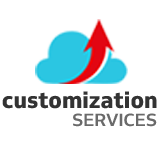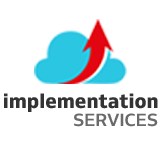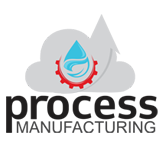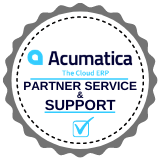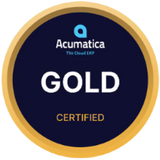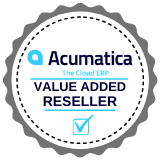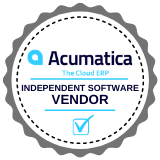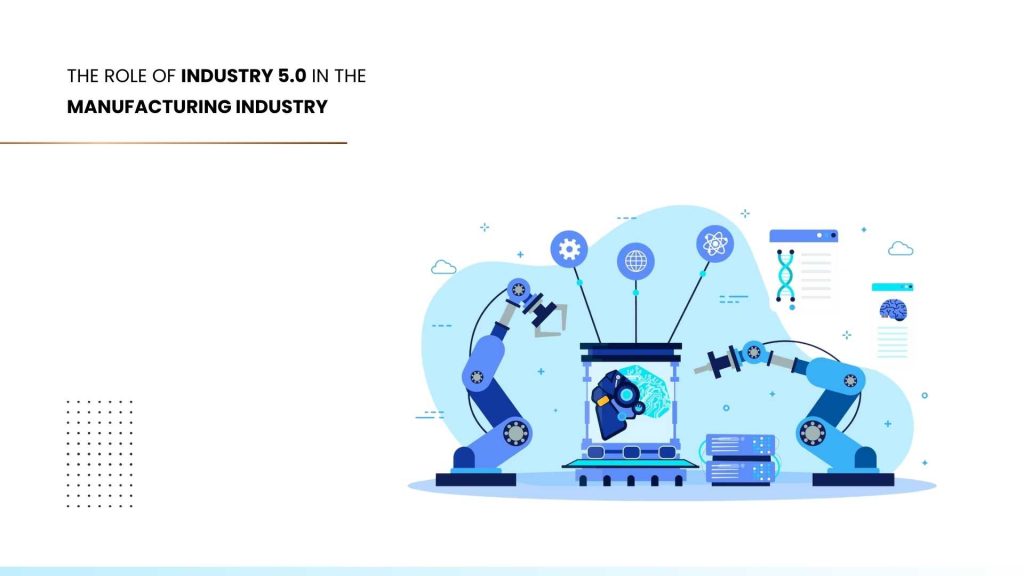The concept of Industry 5.0 signifies a shift in industrial norms, highlighting the importance of blending human skills with technological progress. Unlike earlier industrial eras, prioritizing automation and productivity, Industry 5.0 emphasizes collaboration between the human workforce and machines to reach the best outcomes.
It recognizes the unique capabilities of humans, such as creativity, problem-solving, and empathy, and seeks to leverage these alongside advanced technologies like artificial intelligence and robotics.
In Industry 5.0, machines do not replace human workers; instead, they collaborate to enhance productivity, drive innovation, and foster sustainable growth in the industrial sector.
This shift in perspective marks a new era where the harmonious blend of human creativity and technological capabilities results in groundbreaking progress across various industries.
Differences:
Industry 4.0 and Industry 5.0 represent distinct stages in the evolution of manufacturing and technology. Industry 4.0, often dubbed the Fourth Industrial Revolution, emphasizes automation, data exchange, and smart technologies like IoT and AI to enhance manufacturing processes. It focuses on connectivity and digitalization to streamline operations and increase efficiency.
Industry 5.0 focuses on human-machine collaboration, integrating creativity, intuition, and advanced technologies to develop personalized products, address societal challenges, and create a sustainable manufacturing ecosystem.
Understanding Industry 5.0 in Manufacturing
Industry 5.0 marks a significant shift in the manufacturing landscape, focusing on sustainability, resilience, and a human-centric approach. This new paradigm emphasizes:
Sustainability:
Industry 5.0 integrates sustainability into every aspect of manufacturing, from resource management to product design and distribution. Manufacturers can minimize their environmental footprint by adopting sustainable practices such as recycling, renewable energy usage, and waste reduction.
Resilience:
With the increasing frequency of disruptions, such as natural disasters and supply chain interruptions, resilience is crucial for the manufacturing sector. Industry 5.0 emphasizes the need for flexible production systems, diversified supply chains, and advanced technologies like artificial intelligence and predictive analytics to quickly adapt to unforeseen challenges and maintain operations.
Human-Centric:
Industry 5.0 recognizes the importance of human expertise and creativity in manufacturing processes. While automation and digitalization play significant roles, they are complemented by human skills such as problem-solving, innovation, and adaptability. This approach fosters a work environment where technology empowers workers rather than replaces them, increasing job satisfaction and productivity.
Business Benefits of Industry 5.0
Industry 5.0, the latest stage in manufacturing evolution, brings significant benefits to businesses:
Increased Efficiency and Productivity: Industry 5.0 integrates advanced technologies like AI, IoT, and robotics to streamline processes, optimize resource utilization, and minimize downtime. It leads to higher production efficiency and increased overall productivity.
Enhanced Quality Control: With Industry 5.0, businesses can implement real-time monitoring systems. And predictive analytics to detect defects or anomalies early in manufacturing. It ensures higher product quality, reduces waste, and enhances customer satisfaction.
Improved Safety: Automation and cobots in Industry 5.0 enhance workplace safety by managing repetitive or hazardous tasks, lowering the risk of accidents for human workers. Smart sensors improve safety by detecting potential hazards.
Sustainable Manufacturing: Industry 5.0 emphasizes sustainability by integrating eco-friendly practices. And technologies such as energy-efficient processes, waste reduction strategies, and recycling initiatives. It reduces environmental impact, enhances brand reputation, and attracts environmentally conscious consumers.
Conclusion:
The synergy between an ERP system and Industry 5.0 is transformative in manufacturing. With the advent of “industry 5.0 revolution”, characterized by human-machine collaboration and advanced automation. ERP systems facilitate seamless communication between machines. And human operators, enabling real-time data exchange and decision-making.
This synergy fosters agile production processes, adaptive manufacturing, and predictive maintenance. Ultimately driving enhanced productivity, cost-effectiveness, and innovation within the manufacturing sector.

Vijay comes with a vast experience in ERP and enterprise solutions space with about 20 years of experience in various packaged application like Acumatica, SAP, Orion, Salesforce.com, SugarCRM and, SalesLogix.




